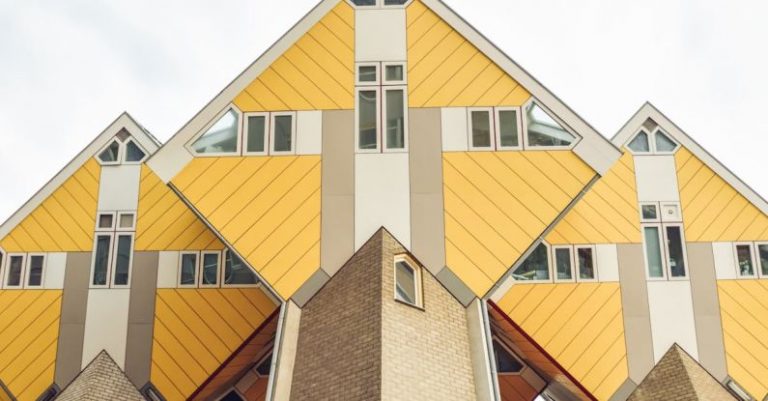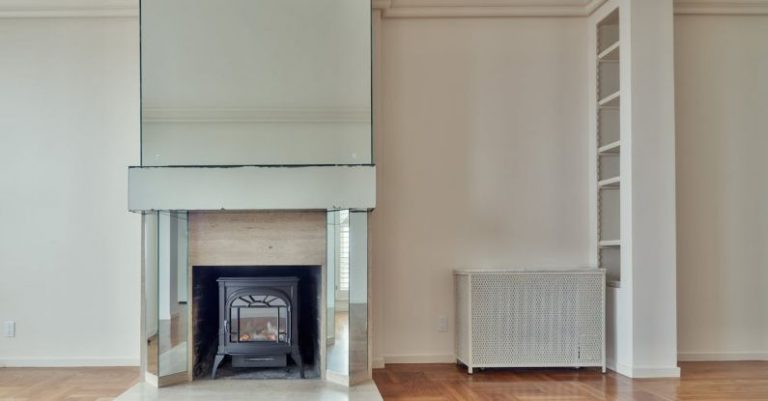
Innovations in Technology are Revolutionizing Building Design
The world of architecture and building design is continuously evolving, and one of the primary drivers of this evolution is technology. With the rapid advancements in technology, architects and designers now have access to a wide array of tools and resources that were once unimaginable. From enhanced sustainability to improved efficiency, technology is reshaping the way buildings are designed, constructed, and operated. In this article, we will explore how technology is influencing new building design in innovative and transformative ways.
Enhanced Visualization and Virtual Reality
One of the most significant impacts of technology on building design is the ability to create highly detailed visualizations and immersive experiences through virtual reality (VR) and augmented reality (AR). Architects can now use VR and AR tools to walk clients through a building design before it is even constructed, allowing for real-time feedback and adjustments. This not only enhances the communication between architects and clients but also provides a more accurate representation of the final product. By immersing stakeholders in a virtual environment, designers can ensure that the design meets all requirements and expectations.
Building Information Modeling (BIM)
Building Information Modeling (BIM) is another technological advancement that is transforming the way buildings are designed and constructed. BIM software allows architects and designers to create a digital representation of a building that includes all its physical and functional characteristics. This comprehensive model enables stakeholders to visualize the entire project and identify potential issues before construction begins. With BIM, designers can collaborate more effectively, streamline the design process, and improve overall project efficiency.
Sustainable Design Solutions
Technology has also played a crucial role in promoting sustainable building design practices. With the increasing focus on environmental conservation and energy efficiency, architects are turning to innovative technologies to create more sustainable buildings. From advanced building materials to energy-efficient systems, technology is enabling designers to reduce the environmental impact of buildings while also lowering operating costs. Features such as green roofs, solar panels, and smart building automation systems are becoming more prevalent in modern building designs, thanks to technological advancements.
Smart Building Technologies
The rise of smart building technologies is reshaping the way buildings are designed and operated. Smart systems that integrate sensors, data analytics, and automation are revolutionizing building management and enhancing occupant comfort and safety. These technologies allow for real-time monitoring of building performance, predictive maintenance, and energy optimization. Smart building solutions also provide occupants with greater control over their environment, from lighting and temperature to security and access control. As the Internet of Things (IoT) continues to expand, smart building technologies are becoming more sophisticated and widespread in new building designs.
Advanced Construction Techniques
In addition to design innovations, technology is also influencing construction techniques and processes. The adoption of robotics, 3D printing, and modular construction methods is revolutionizing the way buildings are built. Robotic systems can now assist in tasks such as bricklaying, welding, and site surveying, increasing efficiency and precision on construction sites. 3D printing technology is being used to create complex building components quickly and cost-effectively, while modular construction methods allow for faster assembly and reduced waste. These advanced construction techniques are not only accelerating the construction process but also improving the quality and sustainability of new buildings.
Embracing the Future of Building Design
As technology continues to advance at a rapid pace, the future of building design looks promising and full of possibilities. From enhanced visualization and sustainable solutions to smart building technologies and advanced construction techniques, technology is reshaping the built environment in remarkable ways. Architects and designers who embrace these technological innovations are not only able to create more efficient and sustainable buildings but also deliver exceptional experiences for occupants and stakeholders. With technology as a driving force, the future of building design is sure to be exciting and transformative.





